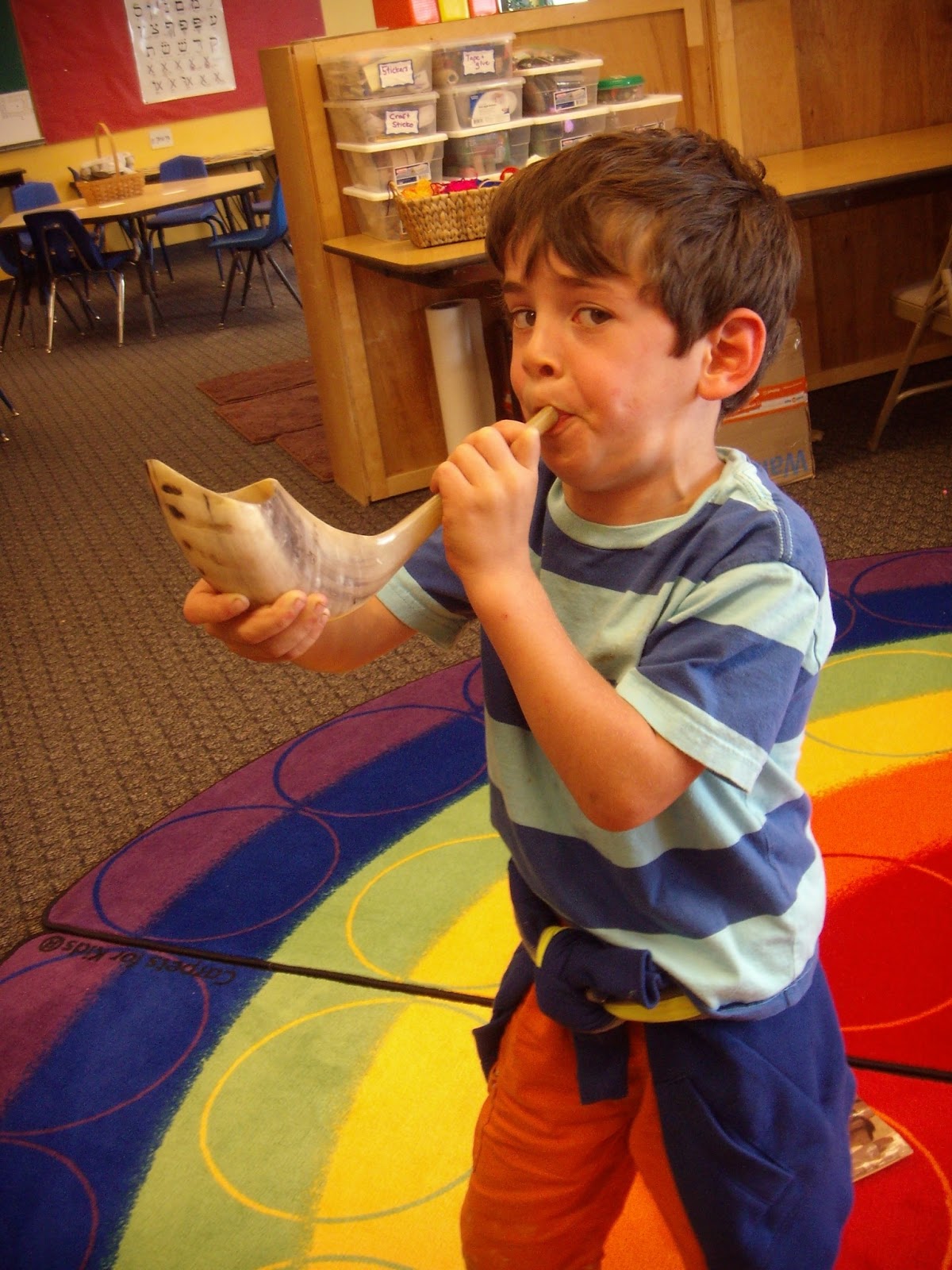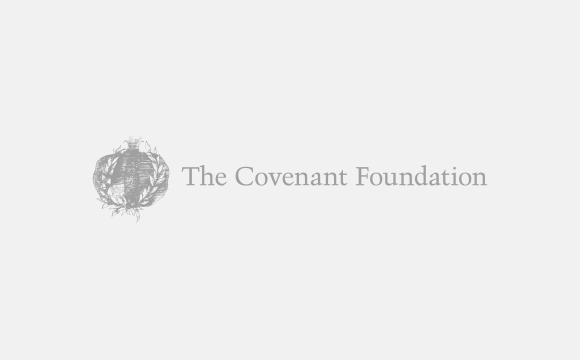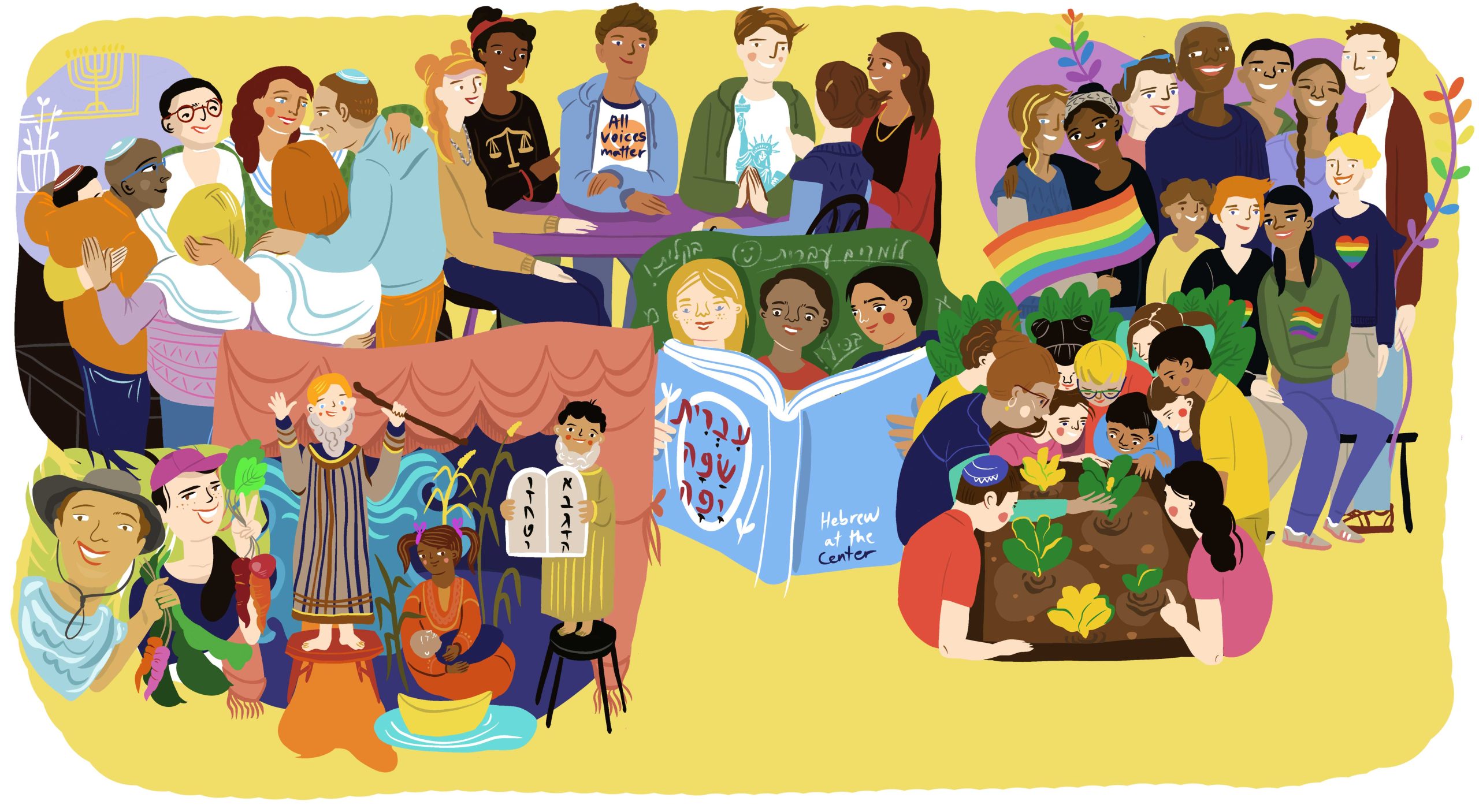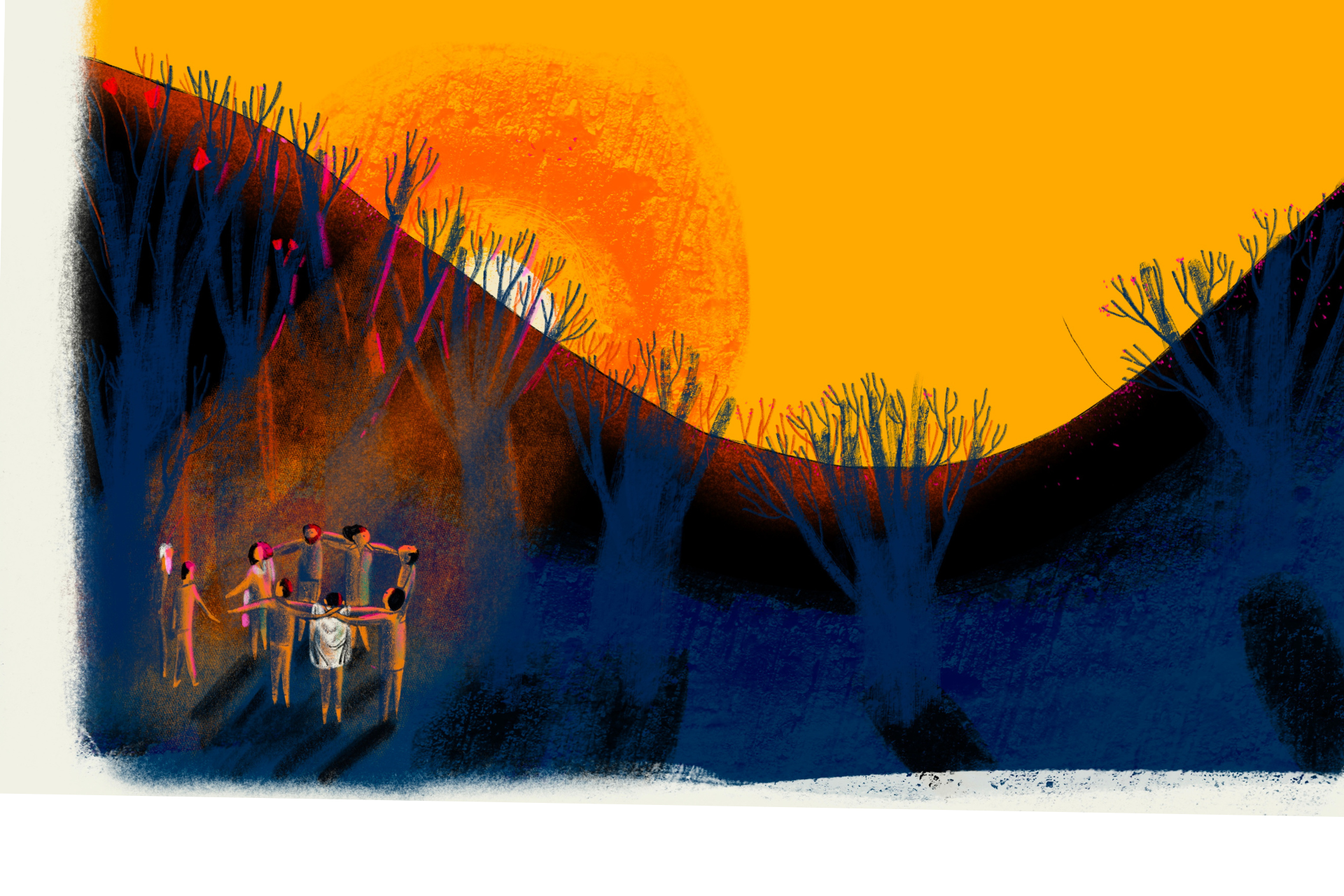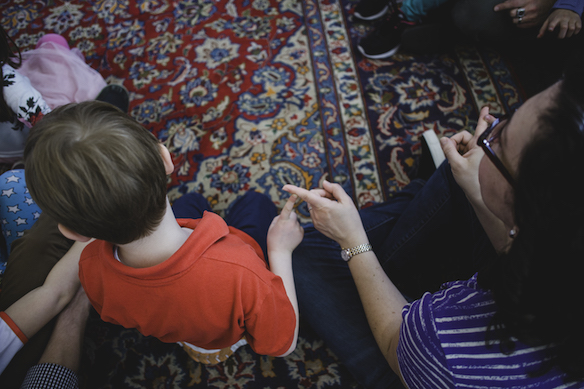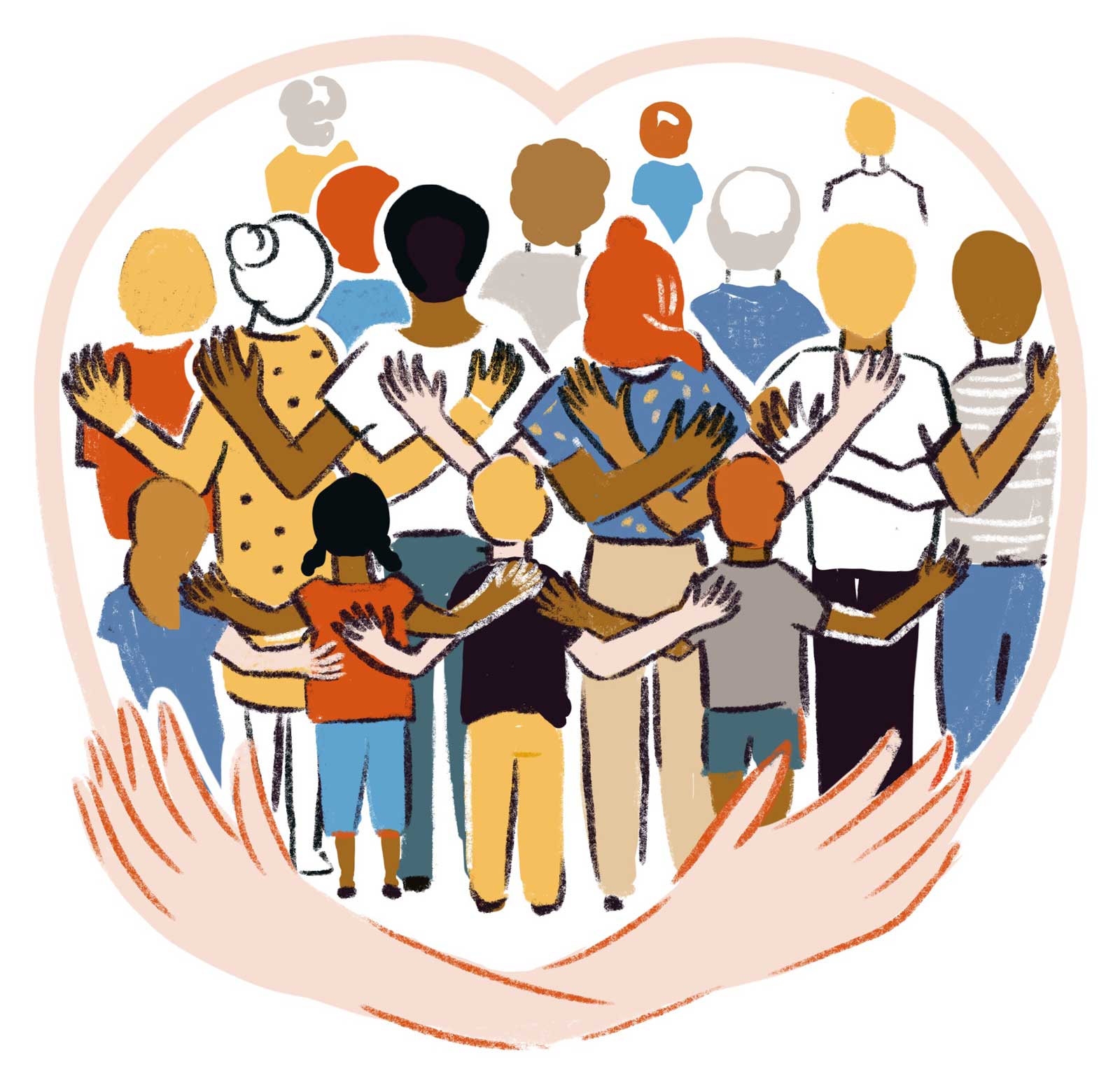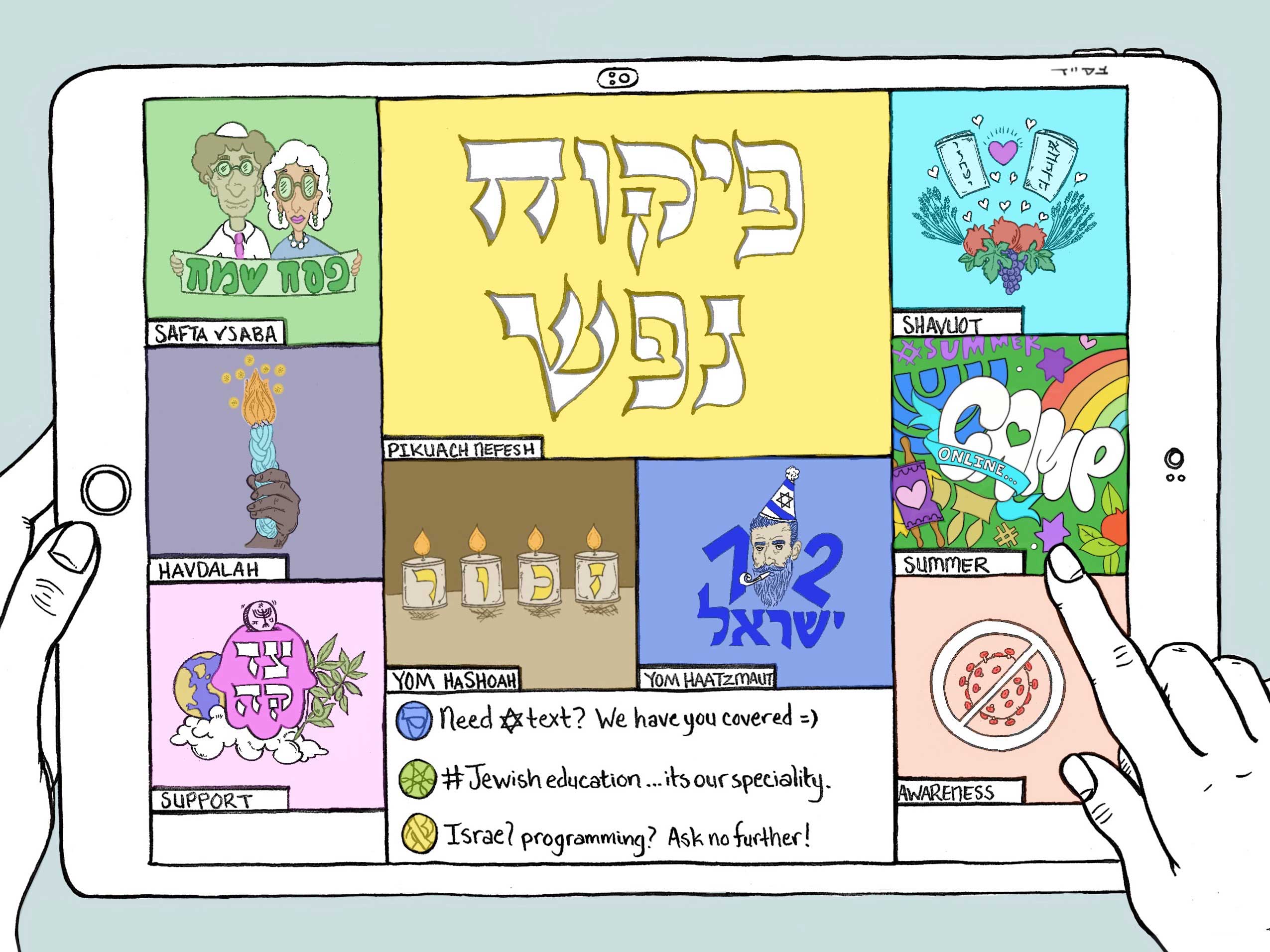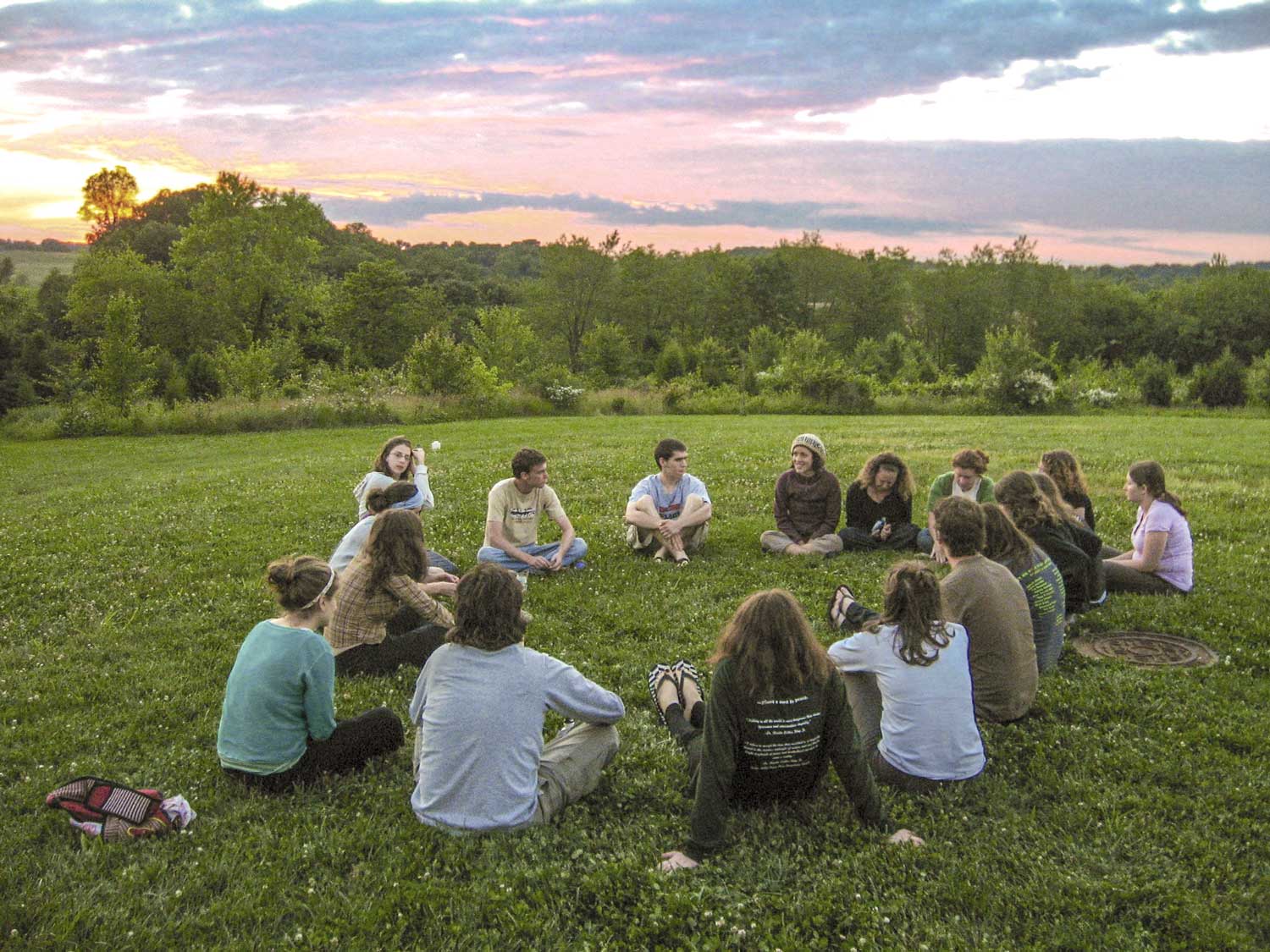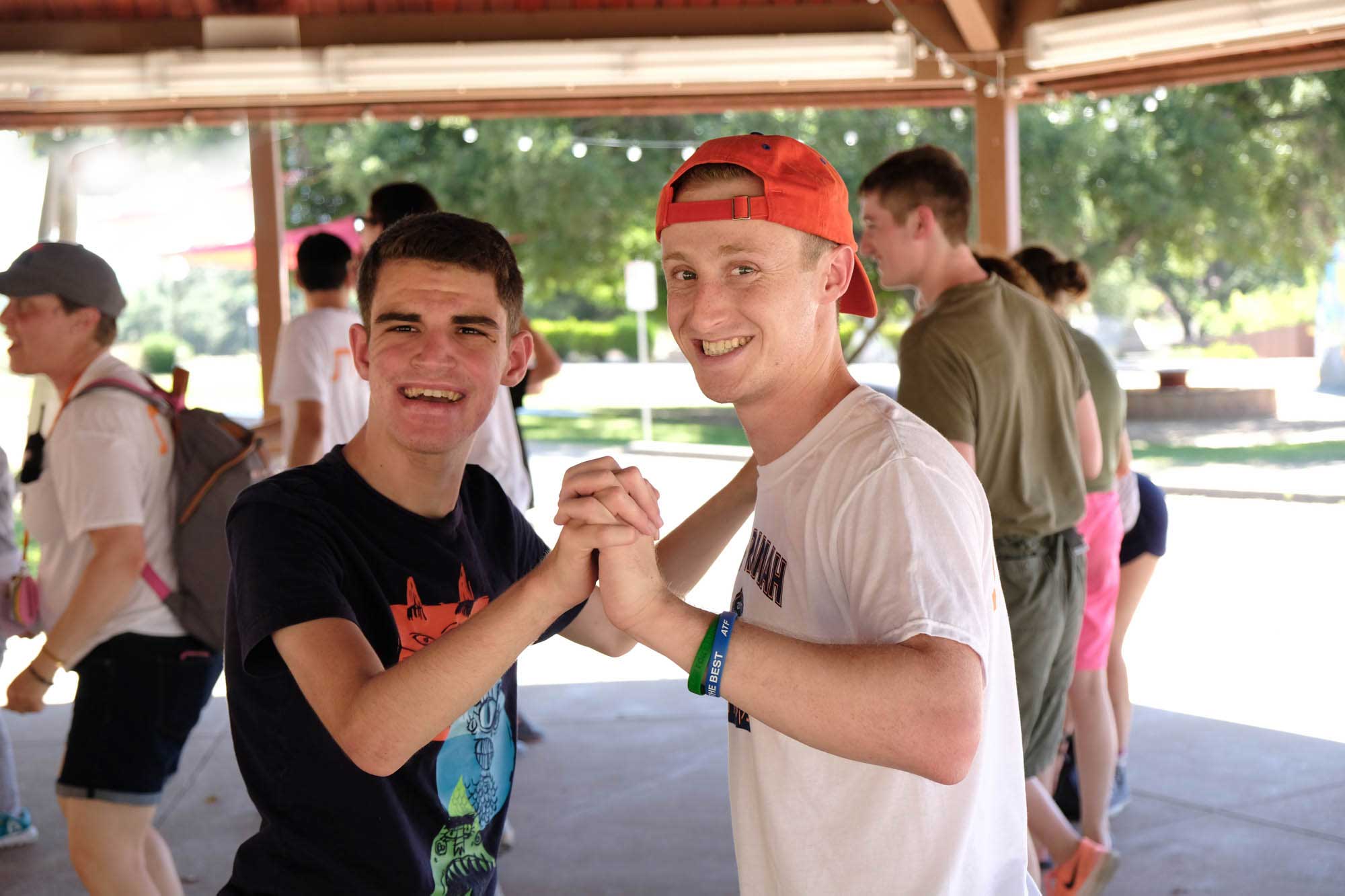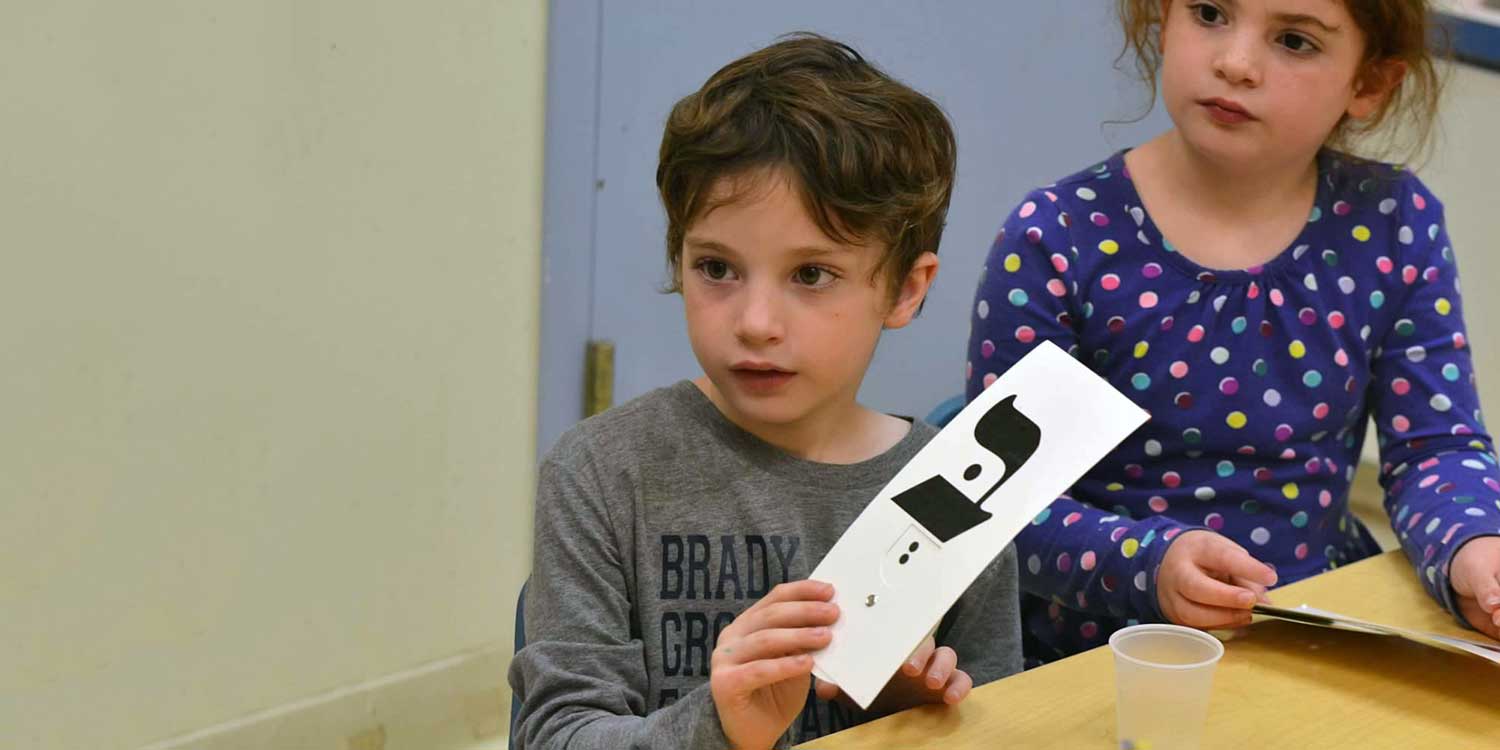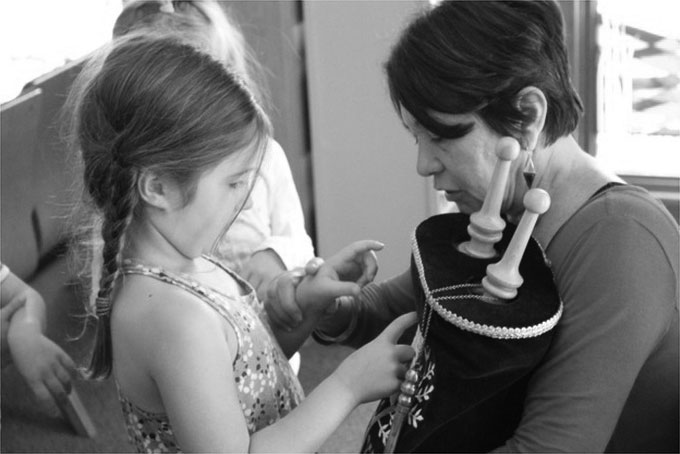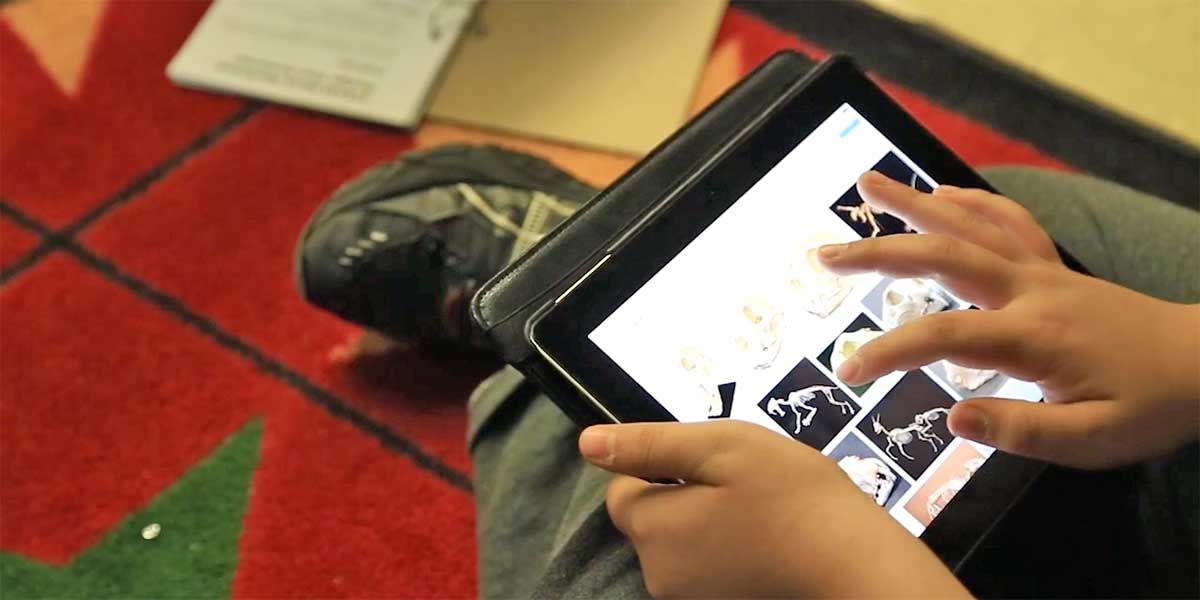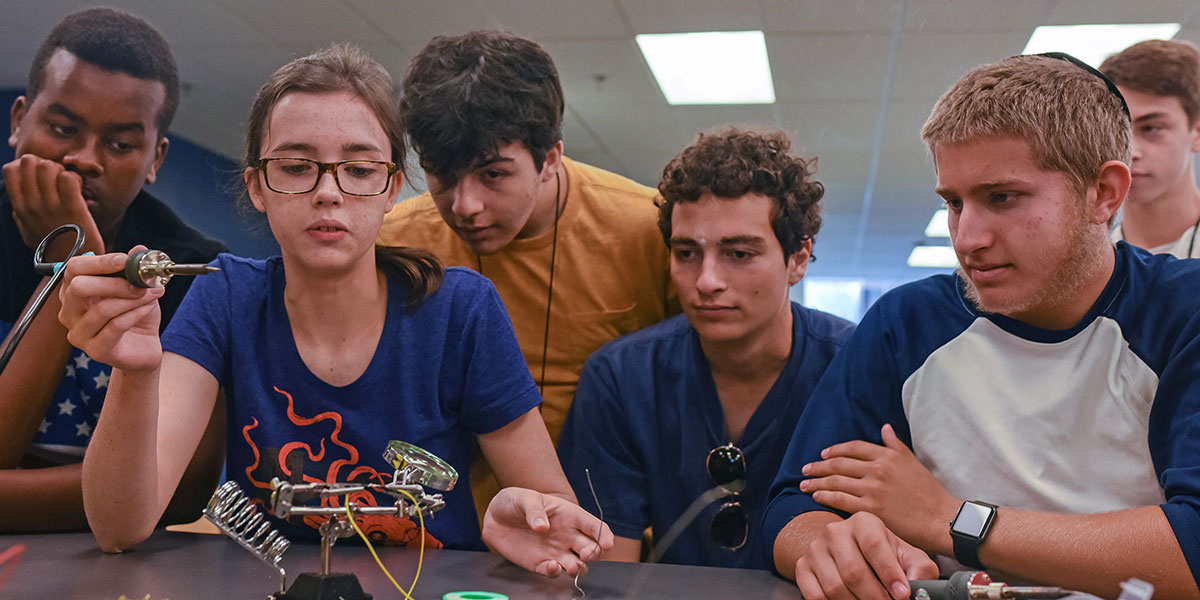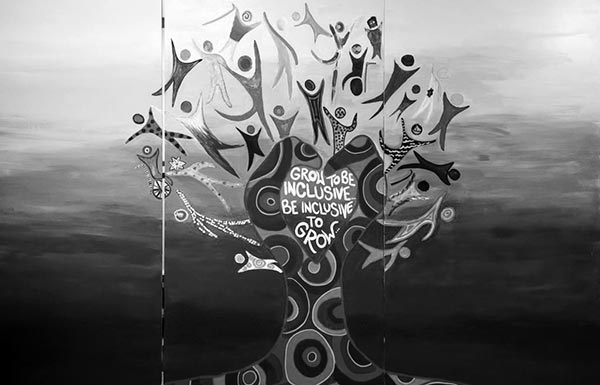
ARTICLE High-Interest Books for Hebrew Readers and Rethinking What’s Possible in After School Settings
If you’ve been following the conversation about Jewish supplementary education over the last 10 years, or, if you’ve just been clicking through this edition of Sight Line, you know that there’s been a sea change in the landscape of offerings. While synagogue programs continue to thrive in many places—employing full time educators and undertaking training in some of the most innovative pedagogies coming out of the educational world (think: project-based learning, etc.)—there’s also been a significant movement toward independently-operated afterschool programs. And, a common characteristic of many of those programs that exist outside the synagogue is a bigger focus on modern Hebrew language acquisition and development.
There are a host of reasons why a parent might choose to emphasize modern Hebrew language study over the study of Hebrew through prayer. “Many parents are highly motivated by the notion of their kids learning two, if not three foreign languages, both for the benefits of brain development that it affords as well as helping their children develop into global citizens” explains Dr. Rena Dorph, Co-Founder of Nitzan—a national network for renewing Jewish learning after school—and of Edah—a full-service Jewish afterschool program in Berkeley, California. Further, many parents seeking such programs, like those affiliated with the Nitzan Network, are also looking for a multi-denominational approach to Jewish learning. As Dorph, who is also the Interim Director of the University of California- Berkeley’s Lawrence Hall of Science, explained, “Hebrew language is not only an anchor point and gateway to religious practice, but it is also a unifying experience across various ways of expressing Judaism.”
Dorph quickly realized that if Edah and other Nitzan programs were going to undertake Hebrew language study in a way that was complicit with their general pedagogy—which builds on kids’ interests, utilizes project-based learning and the best of Reggio and Montessori philosophies, and her own professional background in effective science learning which utilizes multiple modalities when studying a topic—doing, talking, reading, and writing—then she was going to have to actually develop those materials she was looking for, herself.
It was at that point, almost a year ago, that Harlene Appelman, Executive Director of the Covenant Foundation, suggested that Rena connect with David Behrman, President of Behrman House publishers, to begin brainstorming ways to create the materials themselves.
Fast forward about a year, and now, Dorph and Behrman have completed a prospectus for a Hebrew Language Leveled Reader Series, intended to support programs like Edah and those affiliated with Nitzan to implement their “innovative new approach to learning Hebrew in part-time Jewish education programs.” As the prospectus offers, the team—Studio 70 (the organizational home of Edah and Nitzan) and Behrman House Publishers—intends to “develop a series of early-reader books and associated digital materials, including mobile apps that will provide high-interest texts in Hebrew for North American readers ages 6–11.”
The idea is to truly engage early readers in topics that are of “high-level” interest to them, such that reading becomes an interesting activity, not just an assignment. The hope is that if the student identifies topics that engage her, she will more eagerly choose to spend time read about that topic in Hebrew—a very different driver than reading material which is assigned without thought given to what might actually peak a child’s curiosity. The multiple series’ they have planned include high interest and familiar topics such as holidays, activities (e.g. sports, camping, trips), interpersonal relationships and daily activities. Their content choices within each reading proficiency level (low, medium, high) will also be guided by the American Council on the Teaching of Foreign Languages’ (ACTFL) standards for language proficiency.
“Family engagement is pretty critical for us,” Dorph said. “But a fair number of the parents in our programs don’t have the Hebrew skills to help their kids with reading comprehension in Hebrew, at home.” To that end, this program would support parents to read with the child, and if they need support, they are empowered and enabled to learn alongside their kids.
The materials, designed for kids aged K-5, will likely consist of a variety of short full-color Hebrew books in a “child-friendly trim size,” and potentially a dozen digital products (including tablet-based e-books or apps) which will use the “story and art of the physical books while also creating an interactive, repeatable experience.” Another important element of the digital versions of the books will be a “read-aloud” function, which will offer just-in-time support when a child or parent with emerging Hebrew reading facility is reading the book.
While the primary audience intended are those children currently enrolled in Nitzan-affiliated programs, secondary audiences could include other settings where people want to support the learning of Hebrew language (e.g. Hebrew charter schools, some day schools, North American religious schools, and families seeking individual Hebrew enrichment via book and app purchases).
“This program is modular,” Behrman added, “so teachers could use pieces of it, without having to adopt the whole thing. That’s really important when considering the possibilities of the series’ uses in a congregation where there are varying amounts of classroom time.”
Rooted within this program is collective knowledge that comes not only from the secular world of education but the general ideas about how people best learn. “We asked ourselves, ‘what are the best learning theories, and the best approaches that we might design?” Dorph said. “Understanding how kids learn, in general (and learn language, more specifically) and how parents and educators participate in that learning process has been key to the choices we’ve made in the design of these materials.”
Now that the prospectus is out, Dorph, Behrman and their colleagues are seeking seed funding which will enable them to develop a proof of concept that they will vet and test within the larger community. In the meantime though, Dorph is hoping to change the perception of what’s possible in an after-school setting.
“For parents that want to engage and have not known how,” Dorph added, “or not known what to ask for, I’d like them to know that engaging with Hebrew language with their kids isn’t as far out of reach as they might think. This series of reading materials, we hope, will show families that there are lots of different possibilities for participating in Hebrew language and Jewish learning.”
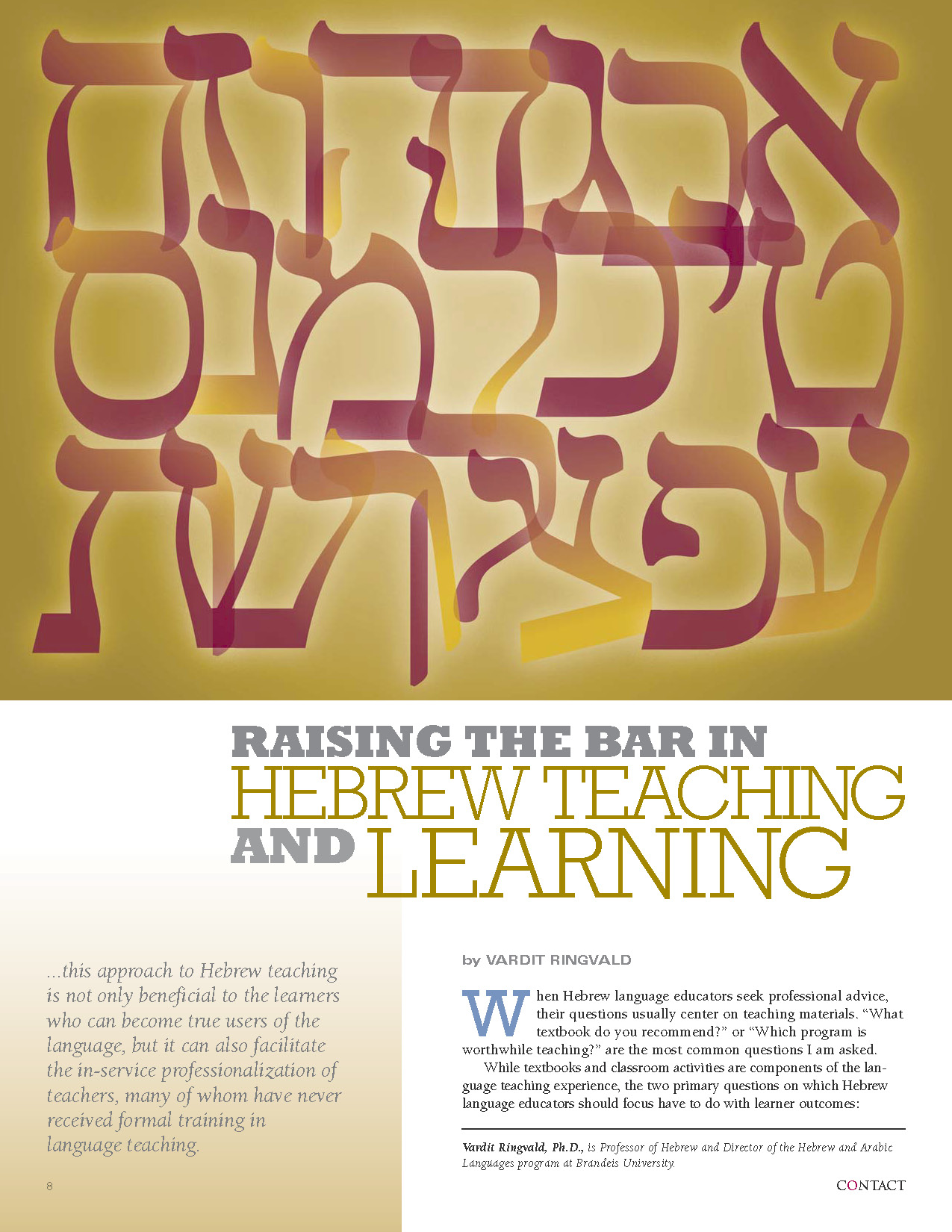
Proficiency Approach to Hebrew Language Teaching: Empowering Teachers Enabling Students
991

